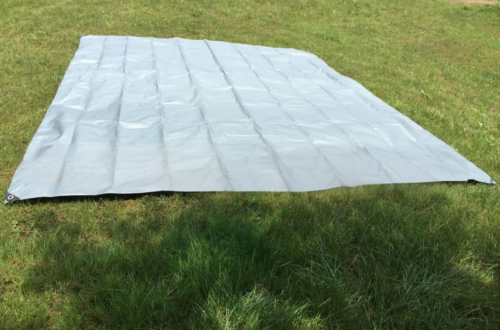Anemometer: The Essential Instrument Used to Measure Wind Speed
Anemometer: The Essential Instrument Used to Measure Wind Speed
Wind is an invisible force that shapes our world, from predicting weather patterns to optimizing renewable energy systems. To understand and quantify this force, scientists and engineers rely on a specialized tool: the anemometer. This device is the primary instrument used to measure wind speed, providing critical data across numerous industries.
Detailed Functionality and Types
Anemometers work by translating the physical force of wind into a measurable reading. The most common type is the cup anemometer, which features three or four hemispherical cups mounted on horizontal arms. As wind pushes the cups, they rotate, and the speed of rotation is directly proportional to the wind speed. Modern digital anemometers often use ultrasonic or laser technology to provide even more precise and instantaneous measurements without moving parts.
Applications in Weather Forecasting and Aviation
Accurate wind speed data is vital for meteorology and safe air travel. Weather stations use anemometers to gather data for forecasts and storm warnings. In aviation, pilots and air traffic controllers depend on real-time wind speed and direction readings for safe takeoffs and landings, making this instrument indispensable for aviation safety protocols.
Role in Renewable Energy and Construction
The efficiency of wind turbines is directly tied to wind speed. Energy companies use anemometers to conduct site assessments, ensuring turbines are placed where wind resources are optimal. In the construction industry, anemometers are crucial for monitoring conditions at high-rise building sites, helping to enforce safety measures during high-wind events.
Frequently Asked Questions
What is the most accurate type of anemometer?
Ultrasonic anemometers are generally considered the most accurate as they have no moving parts and can measure wind speed and direction simultaneously with high precision.
Can I use an anemometer at home?
Absolutely! Affordable handheld digital anemometers are perfect for personal use, such as gardening, flying drones, or amateur weather observation.
How often does an anemometer need calibration?
For professional accuracy, annual calibration is recommended. Factors like exposure to extreme weather can affect performance over time.
Find the Perfect Instrument for Your Needs
Whether you are a researcher, an engineer, or a weather enthusiast, having the right tool is essential. Understanding the capabilities of an anemometer empowers you to make informed decisions based on reliable data.
Ready to harness the power of wind data? Explore our selection of high-precision anemometers to find the ideal instrument used to measure wind speed for your specific application. Shop now and take your projects to new heights!


